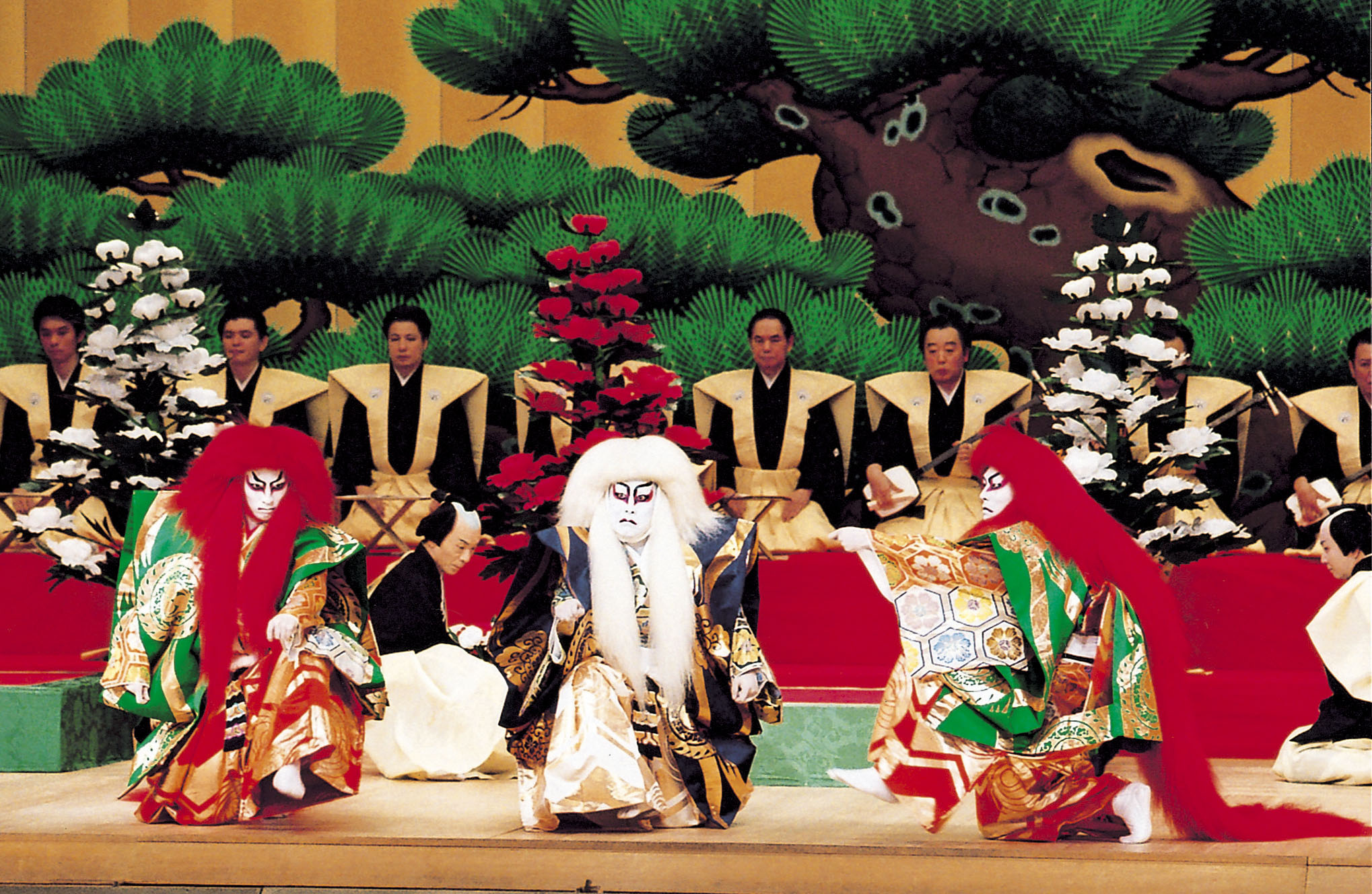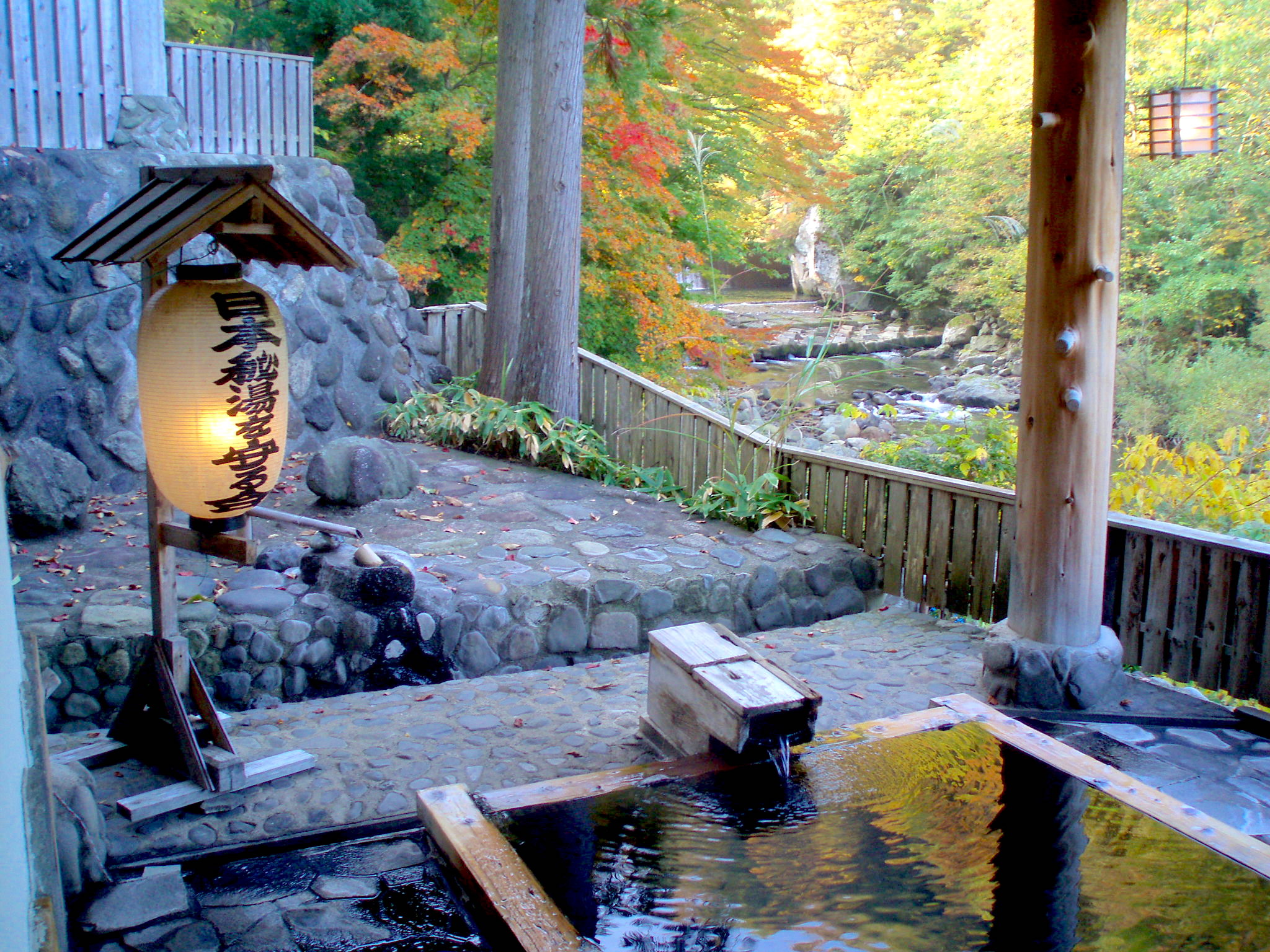The three syllables that make up the word “kabuki” (歌舞伎), mean “music”, “dance”, and “acting”, respectively. The whole word itself comes from an archaic verb kabuki, which means “to incline”, and references the actors' flamboyant clothes and actions. Since the kabuki’s founding, spectators were well aware that this new type of theater would be a strong deviation from noh traditions.
Read MoreTokyo’s geisha culture is one that is rich, yet virtually unknown by many. With six hanamachi (花街, Japanese geisha districts) and hundreds of years of history, there is much to experience in this hidden culture.
Read More“Irasshai!” Customers are greeted by the Japanese word for “welcome” as they enter a traditional sushi restaurant. They are led to the counter seat, and decide to do “omakase,” leaving the responsibility of choosing the selection of fish to the chef. The chef knows best; which order to eat, what fish is in season, and which fish is especially good on that particular day.
Read MoreSitting on tranquil waters in the very heart of Tennozu Isle’s contemporary art scene is the marvelous T-Lotus M. Internationally acclaimed Japanese architect Kengo Kuma designed this stunning three-story structure, which is now available to hire for events.
Read MoreHave you ever thought of visiting Japan for a foray of modern art? Japanese artists have put their names out there on the international stage, and now every month dozens of art festivals take place all around the country. We’ve picked out the best 5 here for you to plan an amazing art journey to Japan.
Read MoreWhile Tokyo's vast array of exhibitions and art hubs can be difficult to navigate, there is one area that is not to be overlooked - that is Tennozu Isle. Located within walking distance from Shinagawa, the “isle” is characteristically surrounded by canals.
Read MoreIn Japan, New Year's is one of the busiest time of the year but also one of the most festive! We'd like to take this opportunity to share with everyone some of the fun foods and activities you'll only be able to experience around this season.
Read MoreJapanese spirituality is complicated, and it is said that Japanese people nowadays get baptized at a Shinto shrine, marry in a Christian church, and have their funeral at a Buddhist temple. Many Japanese people would say that they do not really have a faith, and yet be involved in multiple religious groups.
Read MoreSumo is known to have dated back thousands of years, and the sport is even mentioned in Kojiki - the oldest known historic text in Japan (written in 712 A.D.). According to legend, sumo is said to originate from a time when two gods fought over the ownership of the Japanese islands.
Read MorePreviously we introduced Naoshima, an island teeming with art and creativity. This time we will introduce some other noteworthy places that are located near Naoshima; Takamatsu and the surrounding islands.
Read MoreTea ceremony (called chadō or sadō) is one of Japan’s most enduring artistic traditions. Tea ceremony is a means to aesthetic appreciation and social interaction that has had a profound influence on other forms of Japanese art, cuisine and philosophy.
Read MoreKaiseki embodies the fundamental concepts in washoku, such as the attention to the seasons, and the emphasis on using natural local ingredients to create an eating experience that is not only delicious, but also demonstrates how preparation and execution of a meal can be an art form.
Read MoreWhile the term literally means "Japanese food," in reality the term refers to a much broader and important cultural concept. In 2013, washoku was actually added to UNESCO's list of intangible cultural heritages. The organization's explanation of washoku reveals why it is so much more than food, and why it deserves to be enshrined as an invaluable part of world culture.
Read MoreJapan’s emphasis on the natural form also has a significant influence on its gardens. While the idea of gardens was originally brought to Japan from China, over time it has evolved into an irreplaceable aspect of Japanese culture.
Read MoreIf you are planning a visit to Japan and wish to experience one of the heights of Japanese luxury and culture, including a trip to an onsen is highly recommended. Onsen (温泉) are naturally-occurring hot springs that are found throughout the island nation. Onsen are an incredibly relaxing way to enjoy one of Japan’s oldest and most popular traditions.
Read MoreSo you've decided to take part in a formal Japanese dinner, maybe at a tea house.Today's topic is probably the most important for our readers making plans to go to Japan: How to prepare for and participate in a geisha dinner. What should you wear? What will happen during the dinner? What interactions can you expect?
Read More




















